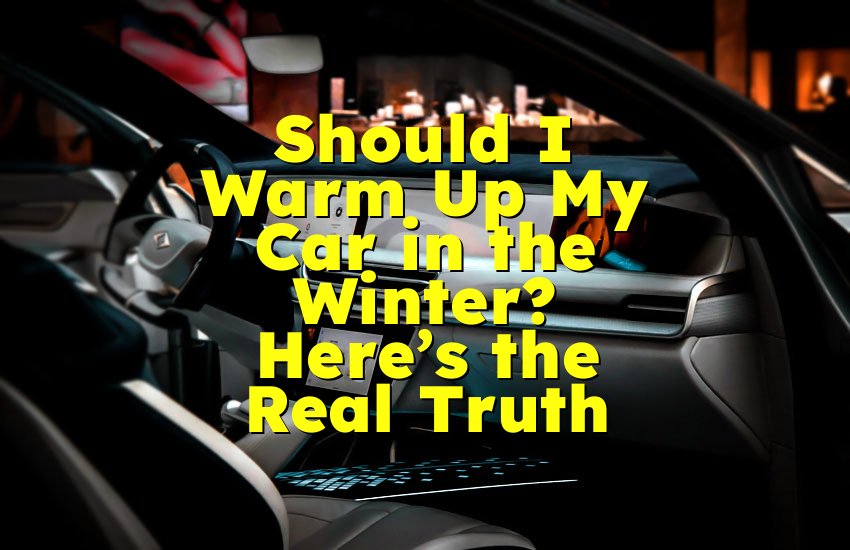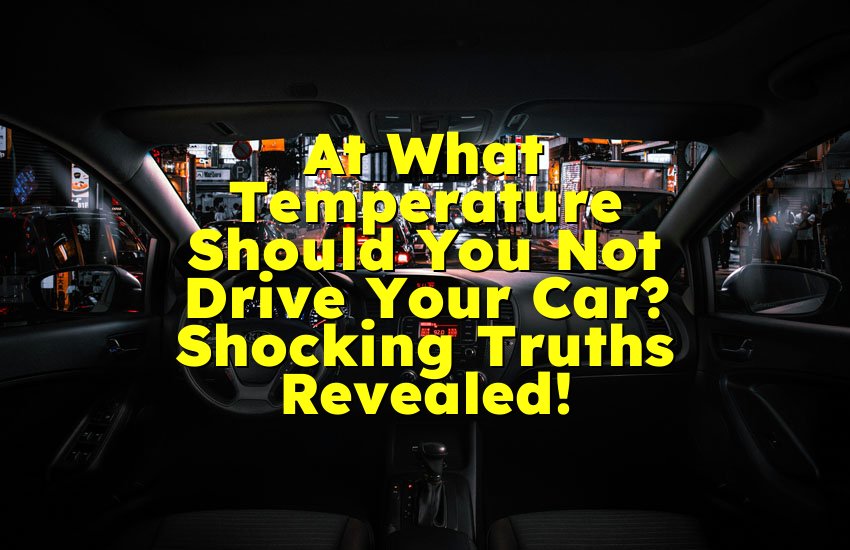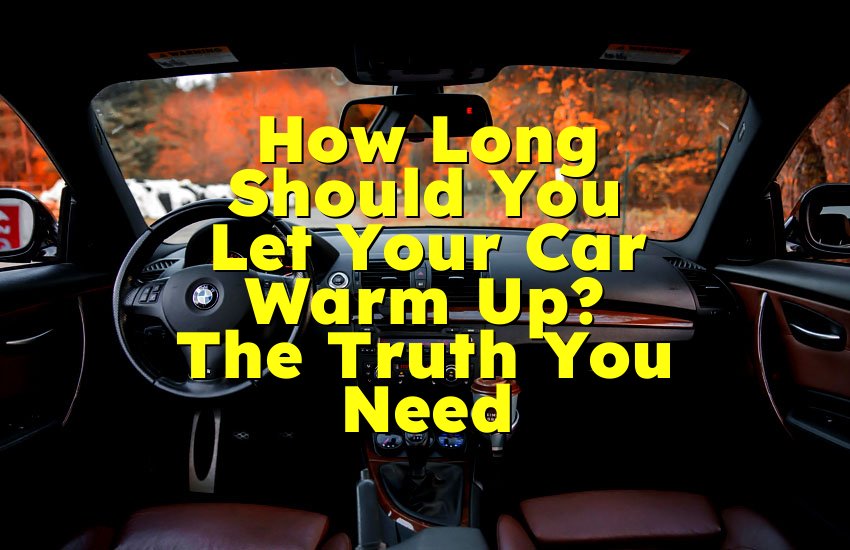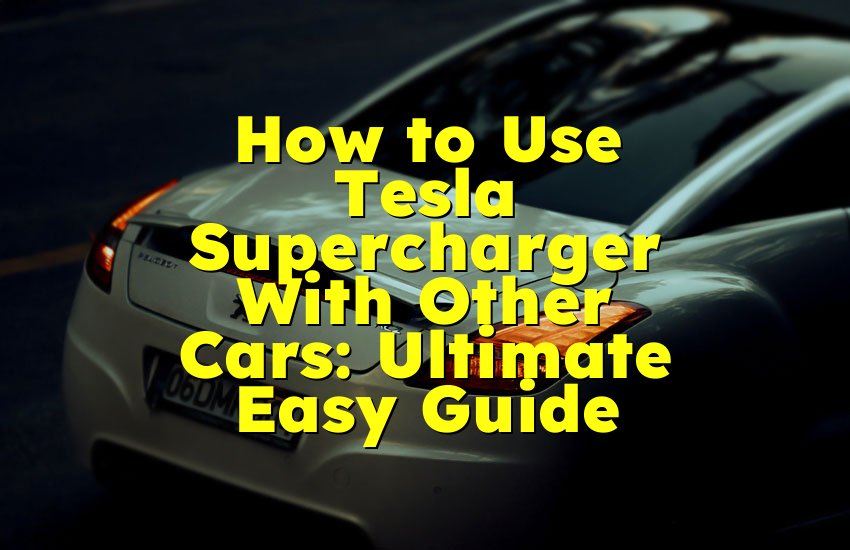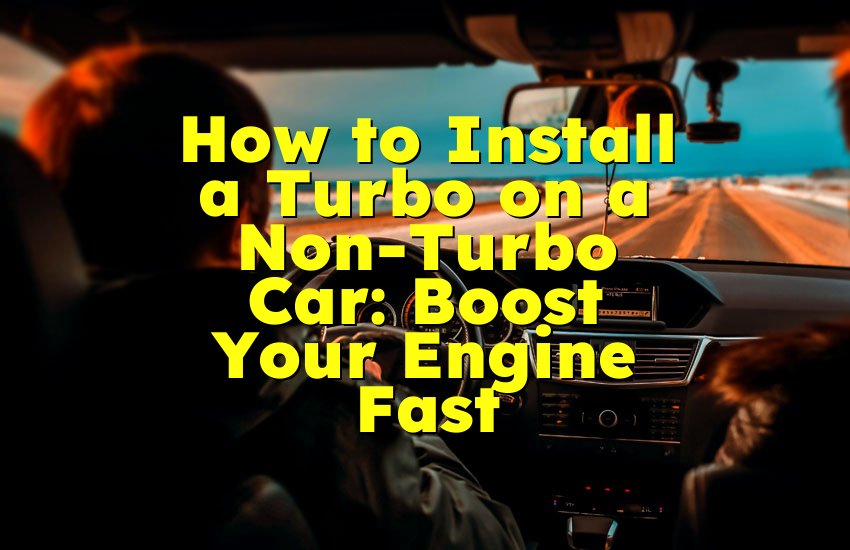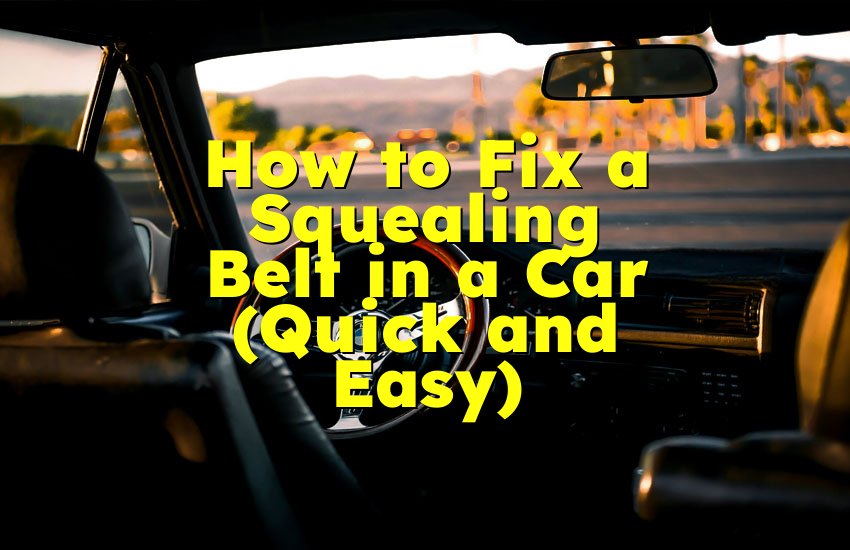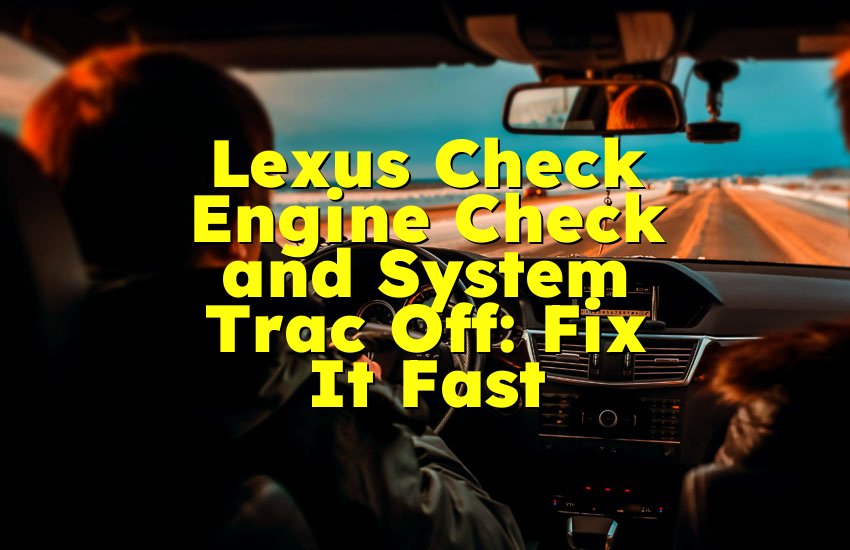As an Amazon Associate, I earn from qualifying purchases at no extra cost to you.
Why is One Headlight Not Working After Replacing the Bulb?
It's really frustrating when you change a headlight bulb and everything seems fine, but then one headlight still doesn't work. You might feel like you've done everything right, yet the issue persists. Don’t worry, this problem happens more than you think, and there are several reasons why it can happen. Let's dive into why this happens and how you can fix it without much hassle.
Common Reasons Why One Headlight May Not Work After Replacing the Bulb
When one headlight stops working even after you've replaced the bulb, it can be a sign of a few different issues. It's important to first understand why the new bulb might not be working. You might think you've just installed a bad bulb, but there could be something else at play. Here's a breakdown of some of the most common reasons:
Faulty Headlight Bulb or Defective New Bulb
It's always possible that the new bulb you just installed is faulty, even though it's brand new. Manufacturing defects can occasionally slip through, and you might get a bulb that doesn't work properly right out of the box. The good news is that replacing a defective bulb is an easy fix. Simply try another one and see if that solves the problem.
Another common mistake is not handling the bulb correctly. When installing a new bulb, if you touch the glass part with your fingers, the oils from your skin can burn and damage the bulb. Always handle the bulb by the base or use gloves to avoid this. If you suspect the bulb itself is faulty, it’s a simple fix to swap it out for a new one.
Blown Fuse
A blown fuse is another common culprit behind a non-working headlight. When you replace a bulb, a surge of electrical current can sometimes blow a fuse, especially if the bulb was installed incorrectly or the headlight circuit was overloaded. Fuses are designed to protect your car’s electrical system from short circuits, and they blow when there's a problem.
To check the fuse, you'll need to locate the fuse box. Most cars have the fuse box under the dashboard, near the driver's side, or in the engine bay. Once you've located the box, look for the headlight fuse. Your vehicle’s owner's manual should show you which fuse controls the headlights. If you find the fuse is blown, replace it with a new one of the same rating. This step is relatively simple and can often solve the issue without needing further work.
Wiring Problems
Another issue that can cause a headlight not to work after changing the bulb is a problem with the wiring. If there's a short in the wiring or a loose connection, the headlight might not get the power it needs to function. This can be tricky to diagnose without the right tools, but you can start by inspecting the wires.
Examine the area around the headlight for any visible signs of damage to the wiring. You might notice frayed wires or connections that seem loose. If the wires are fine, but the connection to the headlight socket is corroded, it may also be causing the problem. In such cases, you may need to repair or replace the wiring, which is something you can often do yourself if you’re comfortable working with car electrical systems. Otherwise, it might be best to seek professional help.
Headlight Switch Failure
Your headlight switch is the component that controls whether the headlights turn on or off. If the switch fails, the headlight may not work even after you've installed a new bulb. This is more likely to be the case if your headlights fail suddenly while they were working fine before.
If the headlight switch is the issue, it can be tricky to diagnose without proper knowledge. Sometimes, the switch might feel stiff or might not engage properly. You can try toggling the switch a few times and see if the headlight turns on or off as it should. If it feels faulty or doesn't seem to be working, it may need to be replaced. A mechanic or professional can handle this, as it sometimes requires removing parts of the dashboard to access the switch.
Faulty Headlight Assembly
The headlight assembly itself can sometimes be the issue, especially if it's old or damaged. The lens or the reflector inside the assembly can get damaged, which might cause one side of your headlights to fail. If there's moisture inside the headlight or if the assembly is cracked, it could also interfere with the light output.
If your headlight lens is cracked, moisture can get inside, causing electrical components to short or malfunction. You may notice water or fog inside the headlight. This can be a big issue as it can lead to rust or corrosion in the headlight wiring. If you find cracks or damage to the headlight assembly, it’s best to replace the entire unit. It's possible to fix minor damage, but when moisture is involved or the damage is significant, a full replacement might be necessary.
How to Troubleshoot and Fix the Issue
When one headlight is not working after replacing the bulb, there are some steps you can take to troubleshoot and hopefully resolve the issue. It's not always clear what's wrong, so it's important to go through each possible cause methodically. Here’s a step-by-step guide:
1. Check the Bulb
Start by double-checking the bulb you installed. Even if it looks like it's properly seated in the socket, it might not be making a proper connection. Sometimes, the contacts inside the bulb socket can get dirty or corroded, preventing the bulb from working.
Before you go any further, make sure the bulb is the correct type for your vehicle. Check your car's manual or the packaging of the new bulb to make sure it matches the specifications for your car. If you suspect that the bulb is faulty or not installed properly, simply remove it and try reinstalling it.
To avoid damaging the bulb, wear gloves or hold it by the base when installing it. When installing a new bulb, make sure it's snugly fitted into the socket. Sometimes, bulbs can appear installed but may not make a secure connection. If this doesn’t solve the issue, move on to checking the fuse.
2. Inspect the Fuse
If the bulb seems to be working fine, then the next thing to check is the fuse. A blown fuse is an easy fix, but it requires you to know where the fuse box is and which fuse controls the headlights.
Locate the fuse box in your vehicle, and consult the owner's manual to find the fuse that powers the headlights. Usually, this will be marked clearly. Once you've located the fuse for the headlight, check if it's blown. A blown fuse will often have a broken wire or a blackened appearance. If you find a blown fuse, simply replace it with one that has the same amperage rating.
Fuses are relatively inexpensive and can be found at most auto parts stores. If replacing the fuse doesn’t fix the issue, continue troubleshooting by checking the wiring or the headlight switch.
3. Inspect the Wiring and Connections
Next, check all the wires connected to the headlight system for any signs of wear or loose connections. Sometimes, a wire might get disconnected, corroded, or broken, which can stop the headlight from getting power.
Check the wiring near the headlight and follow it back to the fuse box. Look for any exposed wires or damage to the insulation. If the wire is frayed, it can cause a short, or if it's loose, it may not be properly connected. Make sure that all connections are clean, secure, and free from corrosion. If necessary, use electrical cleaner to clean the connectors.
If you find damaged wires, you may need to replace or repair them. You can do this yourself if you have experience with car wiring, or you may want to seek a mechanic's help to fix more complicated wiring issues.
4. Test the Headlight Switch
If everything else seems in order but the headlight still won't work, the issue might be with the headlight switch. The switch is responsible for controlling the power to your headlights, and if it's faulty, it can prevent the light from turning on.
Test the headlight switch by turning it on and off a few times. If the switch feels loose or doesn't seem to work smoothly, it might need to be replaced. Some vehicles allow you to replace the headlight switch easily, but in others, it might require removing part of the dashboard or steering column.
If you’re uncomfortable replacing the switch on your own, a mechanic can quickly identify and replace it for you. Replacing a faulty switch is often necessary when it fails to engage or control the headlights properly.
5. Inspect the Headlight Assembly
Lastly, inspect the headlight assembly for any signs of damage. A cracked lens or water inside the assembly can cause issues. If moisture is visible inside the headlight or the lens is cracked, it may be time to replace the entire assembly. Moisture can cause rust or corrosion on the electrical components, leading to further problems down the road.
To check the assembly, remove the headlight from its housing. Look closely at the lens and the reflector inside. If you see any cracks or signs of water damage, replacing the assembly will solve the problem. A new assembly can be purchased from an auto parts store or ordered online. Installing it will ensure that the headlight works properly and protect the internal electrical components from further damage.
I hope this article has helped you understand why one headlight might not work after replacing the bulb and how you can fix it. While it might seem like a big issue, most of the time, it's something simple that you can fix on your own. Always check the bulb, fuse, wiring, switch, and headlight assembly to pinpoint the issue.
Frequently Asked Questions (FAQs)
Is it safe to drive with one headlight not working?
It's not safe to drive with one headlight out, as it reduces your visibility and makes it harder for other drivers to see you. In many places, it's also illegal. It's best to fix the issue as soon as possible.
Can a blown fuse cause only one headlight to stop working?
Yes, a blown fuse can cause one headlight to stop working. If the fuse connected to the affected headlight has blown, it will prevent that light from turning on, even though the other headlight works fine.
Do I need to replace the headlight assembly if it's cracked?
If the headlight assembly is cracked, it's generally a good idea to replace it. A crack can let moisture inside, which could cause damage to the bulb or other electrical parts, leading to a malfunction.
Is it possible that the wiring is causing the headlight not to work?
Yes, faulty or damaged wiring can prevent the headlight from working. If there's a short circuit, loose connection, or broken wire, the headlight won't receive power, causing it to fail.
Can a defective new bulb cause one headlight to stop working?
Yes, a defective new bulb is a possible cause. Even if the bulb is new, it can still be faulty due to manufacturing defects. Try swapping it with a new bulb to see if that solves the problem.
Is it hard to replace the headlight bulb?
Replacing a headlight bulb is generally not difficult. Most people can do it with a few basic tools and a little time. However, some cars require you to remove parts to access the headlight, which can make the process more complicated.
Do I need to replace both headlights at the same time?
It's a good idea to replace both headlights at the same time, even if only one is out. Replacing both ensures that the lights are equally bright, and you don't end up with one new and one old bulb, which can affect your visibility and driving safety.
Can I fix the issue myself, or should I seek professional help?
You can fix most of these issues yourself, especially if they involve replacing the bulb or fuse. However, if you're unsure about wiring, headlight switches, or assembly issues, it's best to seek professional help to avoid further damage.



